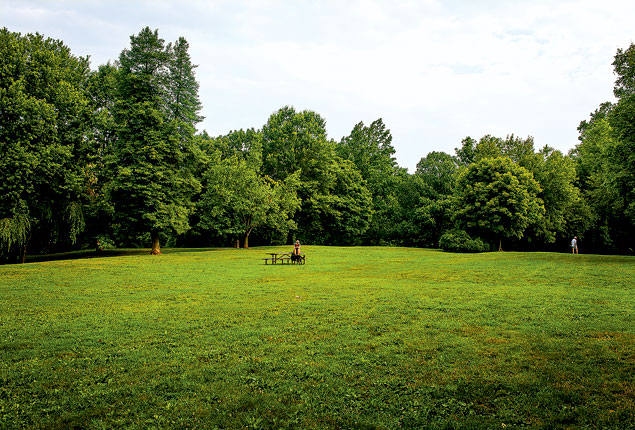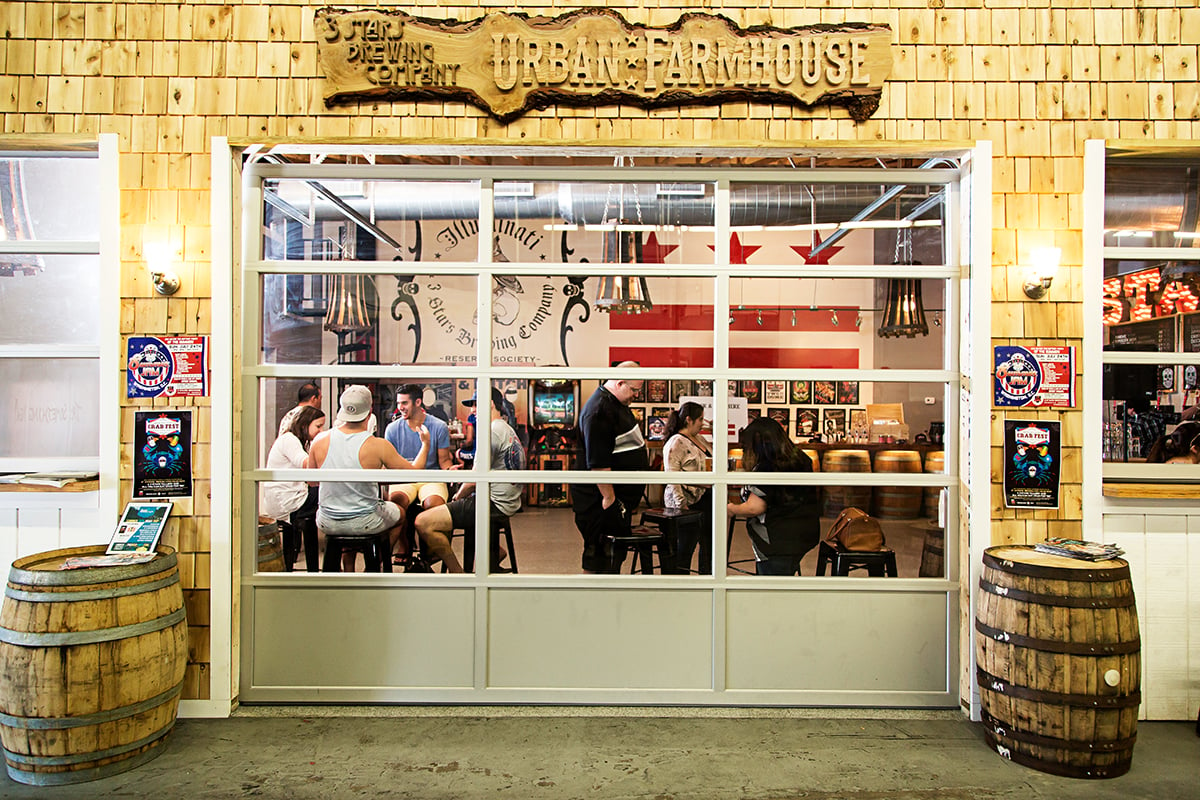Crowning the highest point in Georgetown is the private garden
surrounding Dumbarton Oaks (31st and R sts.,
NW), a 19th-century Federal-style home purchased in 1920 by
Mildred and Robert Woods Bliss, who later donated the property to Harvard
University. Designed by legendary landscape architect Beatrix Farrand, the
garden consists of outdoor “rooms” delineated by boxwood hedges, urns, and
herbaceous borders. March through October, an $8 admission fee allows you
to wander the 16 acres; it’s free in late autumn and winter.
Tucked between Dumbarton Oaks and Oak Hill Cemetery,
Montrose Park (30th and R sts., NW)
maintains an air of the country-estate grandeur that marked its
beginnings. The land was developed by 19th-century rope maker Robert
Parrott, who opened his property to Georgetowners for recreation. These
days, you’ll find 16 acres of tree-shaded picnic areas, tennis courts, and
trails. Walkers will enjoy ambling into Dumbarton Oaks Park, a 27-acre green space adjacent to the estate’s
private gardens that connects with Rock Creek Park. A cobblestone path
called Lover’s Lane connects the two parks.
Little-league games, neighborhood picnics, a community
center—Volta Park (34th St. and Volta Pl., NW) is a favorite with families. In summer, the recently
renovated outdoor pool is the draw. The tennis courts, baseball diamond,
and open field—once used by the Kennedy brothers for touch-football
games—are hits in cooler months.
A visit to Tudor Place (1644 31st St., NW) is a step back in time. The meticulously landscaped
grounds of the home were designed for Thomas and Martha Custis Peter—he
was the son of Georgetown’s first mayor; she was Martha Washington’s
granddaughter. Some 200 years later, nearly six acres and much of the
Federal-period design remain. A $3 fee grants access to the gardens for a
self-guided tour; highlights include a Japanese teahouse, a boxwood
ellipse, heirloom roses, and 400-plus varieties of trees, including a
100-foot tulip poplar.
With three well-maintained hard-surface courts, Rose
Park (26th and P sts., NW) is your best bet for
tennis. The courts fill up fast, so come early. If you have to wait,
there’s plenty to hold your attention: a shady common space, two sandy
playgrounds, a walking path to Rock Creek Park, and a farmers market,
every Wednesday from 3 to 7, May through October.
When the weather’s warm, there’s no better place than
Georgetown Waterfront Park (Wisconsin and K sts., NW), open since fall 2011. The $24-million,
ten-acre park, connecting the Capital Crescent and Rock Creek Park trails,
has a fountain, walking and bike paths, benches, and views of the Potomac,
where you can take in crew races and the rowdy weekend boat scene. If the
vista has you yearning to get out there, stop by Jack’s
Boathouse (3500 Water St., NW) to rent a
kayak, canoe, or paddleboard. If you’re interested in renting a rowing
shell or taking sculling lessons, try Thompson Boat
Center (2900 Virginia Ave., NW).


















